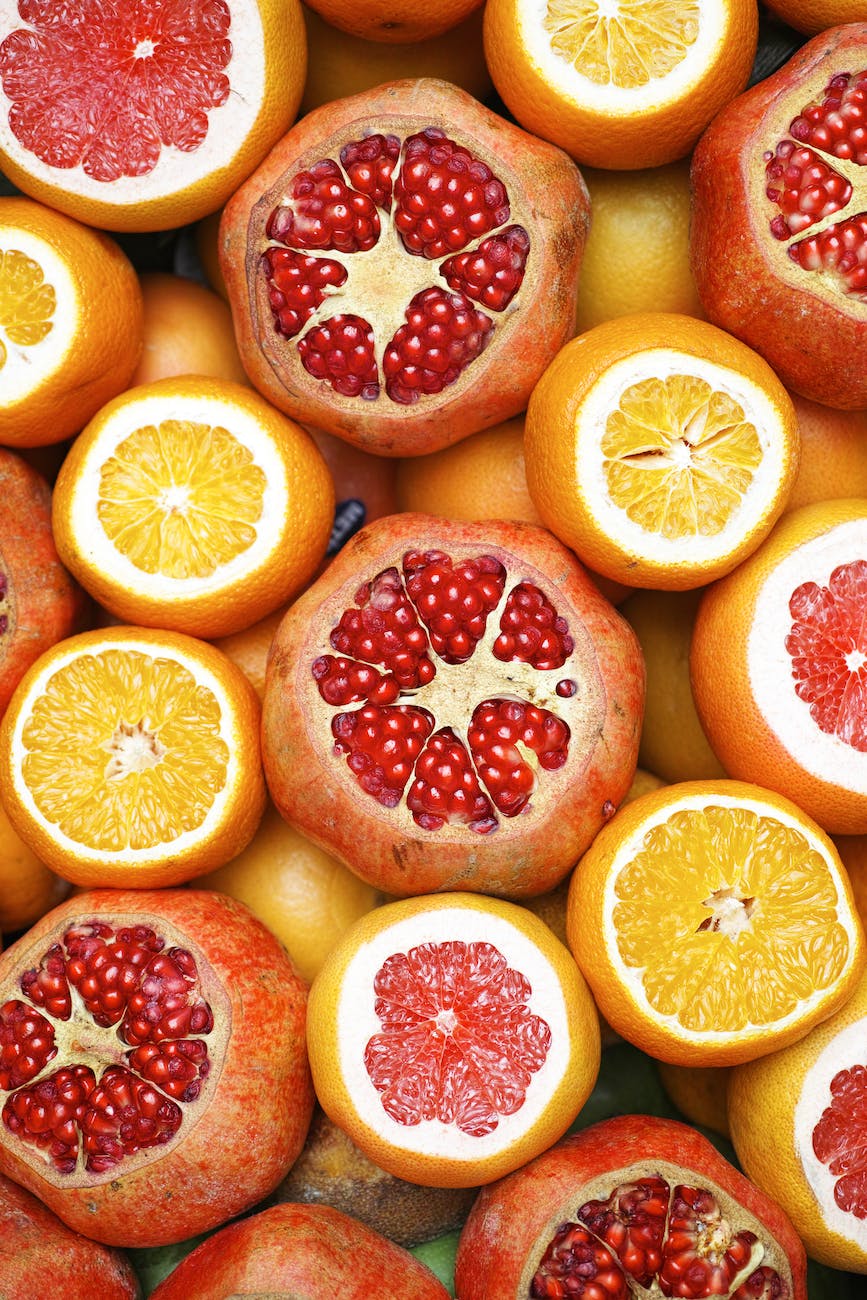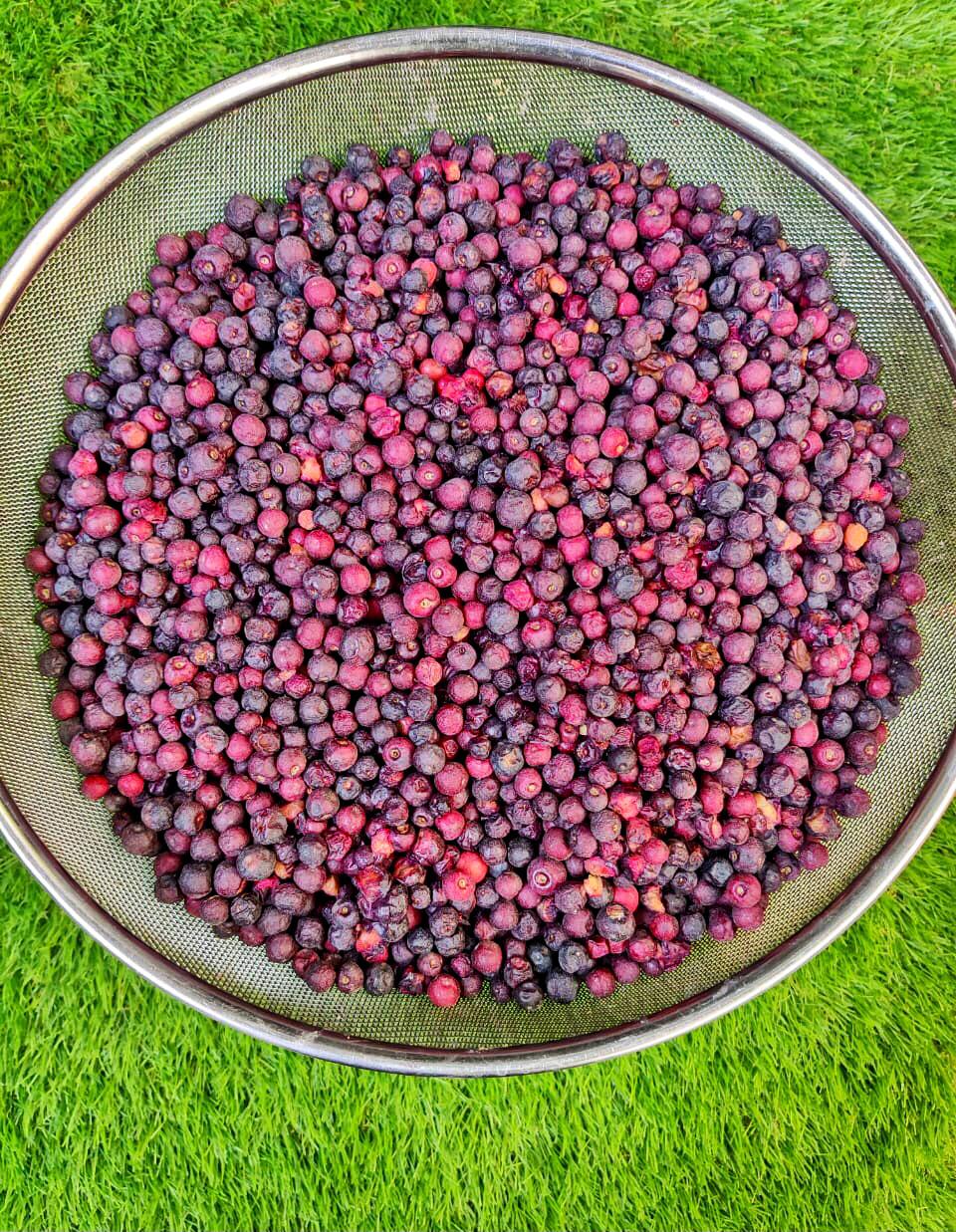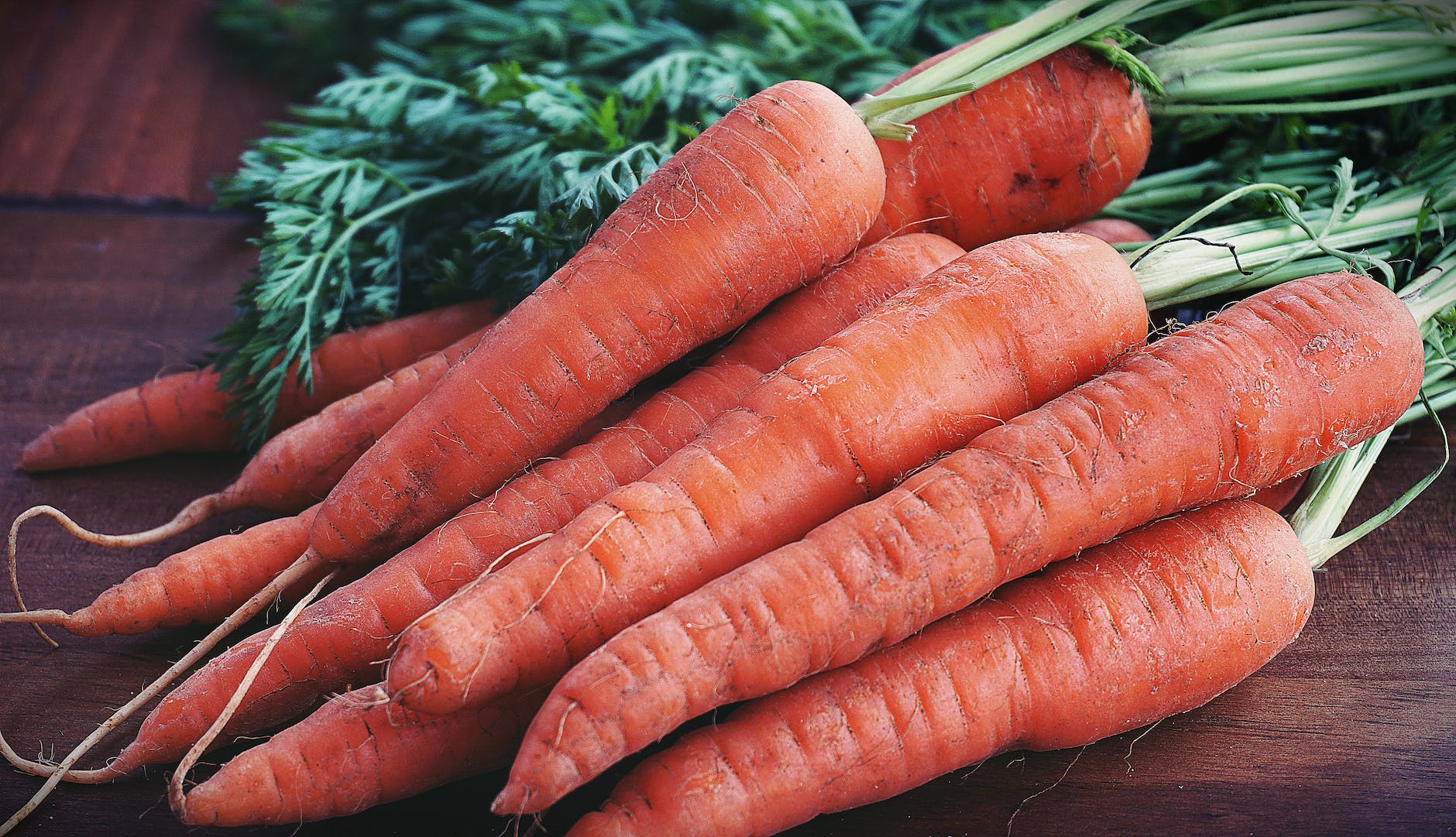
Coconut milk, a staple in many tropical cuisines, is renowned not just for its rich, creamy texture and distinctive flavor but also for its complex nutritional composition. In this detailed exploration, we’ll dive into the depths of coconut milk’s nutritional facts, examining its calorie content, macronutrient distribution, micronutrient richness, and the multifaceted health benefits it offers. Whether you’re a culinary aficionado, a health-conscious individual, or simply a coconut milk enthusiast, this guide will illuminate the myriad aspects of this tropical marvel.
The Core of Coconut Milk
What Exactly is Coconut Milk?
- Origin: Coconut milk is derived from the flesh of mature coconuts. The flesh is grated and then soaked in hot water. The cream that rises to the top is skimmed off, and the remaining liquid is squeezed through a cheesecloth to extract a white liquid that is coconut milk.
- Composition: This extraction process results in a liquid that’s rich in oils and saturated fats, imparting the characteristic richness of coconut milk.
Nutritional Spectrum
- Caloric Density: Coconut milk is high in calories, which primarily comes from its fat content. For instance, one cup (240 ml) of canned coconut milk can deliver about 445 calories.
- Fat Profile: Dominated by saturated fats, a cup of coconut milk contains about 48 grams of total fat. The saturated fat in coconut milk is unique, consisting mainly of medium-chain triglycerides (MCTs), which are metabolized differently compared to other types of fats.
- Proteins and Carbohydrates: It contains modest amounts of protein (about 5 grams per cup) and carbohydrates (around 6 grams per cup), making it a low-protein and low-carbohydrate food.
Delving into Macronutrients
Fats in the Spotlight
- Types of Fats: The majority of the fat in coconut milk is saturated fat, but it also contains small amounts of monounsaturated and polyunsaturated fats. The saturated fat includes lauric acid, believed to have several health benefits.
Proteins and Carbs
- Protein Content: While not a significant source of protein, coconut milk contributes to overall protein intake.
- Carbohydrate Composition: The carbohydrates in coconut milk are primarily in the form of natural sugars, contributing to its subtly sweet taste.
Micronutrients and Their Benefits
A Closer Look at Vitamins and Minerals
- Manganese: Essential for bone health and enzyme function.
- Copper and Iron: Play a crucial role in maintaining healthy blood cells.
- Magnesium: Vital for over 300 enzymatic reactions in the human body.
- Potassium: Helps regulate blood pressure and fluid balance.
Table 1: Basic Nutritional Facts of Coconut Milk (Per 100g)
| Nutrient | Amount in 100g |
|---|---|
| Calories | ~230 kcal |
| Total Fat | ~24 g |
| Saturated Fat | ~21 g |
| Monounsaturated Fat | ~1 g |
| Polyunsaturated Fat | ~0.26 g |
| Carbohydrates | ~6 g |
| Fiber | ~2.2 g |
| Sugars | ~3.3 g |
| Protein | ~2.3 g |
| Cholesterol | 0 mg |
Table 2: Micronutrients in Coconut Milk (Per 100g)
| Micronutrient | Amount in 100g |
|---|---|
| Manganese | ~1.1 mg |
| Copper | ~0.2 mg |
| Iron | ~1.6 mg |
| Magnesium | ~37 mg |
| Potassium | ~260 mg |
| Calcium | ~16 mg |
| Zinc | ~0.7 mg |
Table 3: Comparison of Different Types of Coconut Milk
| Type/Brand of Coconut Milk | Calories per 100g | Total Fat | Carbohydrates | Protein |
|---|---|---|---|---|
| Canned Coconut Milk | ~230 kcal | 24 g | 6 g | 2.3 g |
| Silk Unsweetened Coconut Milk | ~20 kcal | 2 g | 0 g | 0 g |
| Light Coconut Milk | ~135 kcal | 14 g | 3 g | 1 g |
Table 4: Portion Sizes and Calories in Coconut Milk
| Portion Size | Calories |
|---|---|
| 1 Cup (240 ml) Canned Coconut Milk | ~552 kcal |
| 1/2 Cup (120 ml) Canned Coconut Milk | ~276 kcal |
| 1/4 Cup (60 ml) Canned Coconut Milk | ~138 kcal |
| 1 Cup Silk Unsweetened Coconut Milk | ~40 kcal |
| 1 Cup Light Coconut Milk | ~162 kcal |
These tables provide a quick reference to the nutritional content of coconut milk, comparing different types and portion sizes. This information is crucial for anyone looking to understand the nutritional value of coconut milk in their diet.
Glycemic Index Impact of Coconut Milk
Understanding the glycemic index (GI) impact of coconut milk is essential, especially for individuals managing blood sugar levels, such as those with diabetes or following low-carb diets. The glycemic index is a measure that ranks foods based on how significantly they raise blood glucose levels. Here, we delve into how coconut milk fits into this framework.
Coconut Milk and Its Low Glycemic Index
- Low GI Food: Coconut milk is considered a low glycemic index food. This means it has a minimal impact on blood sugar levels when consumed. Its high-fat content, coupled with low carbohydrates, ensures that it does not cause significant spikes in blood glucose.
- Carbohydrate Content: The low carbohydrate content in coconut milk, which is mostly comprised of natural sugars, contributes to its low GI. Since carbohydrates are the primary macronutrients that affect blood sugar levels, the minimal amount in coconut milk makes it an excellent choice for those monitoring their glycemic load.
Benefits for Blood Sugar Management
- Suitable for Diabetics: Due to its low glycemic index, coconut milk can be a suitable option for people with diabetes. Incorporating it into meals can help in maintaining stable blood sugar levels, a crucial aspect of diabetes management.
- Complementing a Balanced Diet: While coconut milk alone has a low GI, it’s important to consider the overall glycemic load of the meal. Combining it with other low-GI foods can contribute to a balanced diet that supports stable blood sugar levels.
Incorporating Coconut Milk in a Low-GI Diet
- Recipe Ideas: Coconut milk can be used in various recipes that are tailored for a low glycemic index diet. For instance, it’s an excellent base for smoothies, curries, and soups made with other low-GI ingredients like leafy greens, nuts, and seeds.
- Portion Control: Even though coconut milk has a low GI, portion control is still crucial due to its high-calorie content, especially for individuals who are also managing their weight.
Considerations in Consumption
- Whole Meal Approach: When considering the GI impact of coconut milk, it’s important to look at it within the context of the whole meal. The GI can be balanced by including a variety of other low-GI foods, ensuring a nutritionally balanced intake.
- Processed vs. Natural Coconut Milk: It’s also worth noting that processed coconut milk beverages, especially those with added sugars or sweeteners, may have a higher glycemic index than natural, unsweetened coconut milk. Always check the label for added ingredients that might affect the GI.
In conclusion, coconut milk, with its low glycemic index, offers a healthy addition to a balanced diet, particularly beneficial for those looking to manage blood sugar levels. Its versatility in cooking and a neutral impact on glycemic response makes it a favorable choice in diverse dietary plans.
Health Implications of Coconut Milk
Impact on Heart Health
- Cholesterol and Heart Disease: The saturated fat content, particularly lauric acid, in coconut milk is a subject of ongoing research. Some studies indicate that it may have a beneficial effect on cholesterol levels and overall heart health.
Role in Weight Management
- Metabolism and Weight Loss: MCTs in coconut milk can potentially boost metabolism and promote weight loss by increasing satiety and reducing calorie intake.
Dietary Considerations
- Diabetes-Friendly: With a low carbohydrate content, coconut milk has a minimal impact on blood sugar levels, making it suitable for people with diabetes.
- Digestive Health: Although low in fiber, coconut milk can aid in digestion due to its MCTs and magnesium content.
Culinary Applications and Varieties
In the Kitchen
- Cooking and Baking: Its rich texture makes it an excellent base for curries, soups, sauces, and desserts. It’s also a popular ingredient in vegan baking as a substitute for dairy milk.
- Beverages: Coconut milk adds a tropical twist to smoothies, cocktails, and non-dairy lattes.
Varieties and Nutritional Differences
- Canned vs. Carton: Canned coconut milk is typically thicker and higher in fat and calories, ideal for cooking. Carton coconut milk, often found in the dairy aisle, is more diluted, making it suitable for drinking.
- Brands like Silk: Silk and other brands offer various versions, such as unsweetened coconut milk, which are lower in calories and fat than their canned counterparts.
Integrating Coconut Milk into Your Diet
Considerations for Consumption
- Portion Control: Given its high caloric and fat content, moderation is key when incorporating coconut milk into your diet.
- Allergies and Sensitivities: Being lactose-free and nut-free, coconut milk is generally a safe choice for those with dairy or nut allergies, though it’s always best to check for individual sensitivities.
Conclusion
Coconut milk’s rich flavor and texture, combined with its unique nutritional profile, make it a fascinating and valuable addition to both traditional and modern cuisines. Understanding its comprehensive nutritional facts helps in appreciating its role in a balanced diet and exploring its culinary versatility.
10 FAQs for “Coconut Milk Nutrition Facts”
- What is the calorie content of coconut milk? One cup (about 240 ml) of canned coconut milk contains approximately 445 calories, predominantly from its high fat content.
- How much fat is in coconut milk? A single cup of canned coconut milk contains around 48 grams of fat, mostly saturated fats in the form of medium-chain triglycerides (MCTs).
- Is coconut milk high in protein? Coconut milk is relatively low in protein. A cup of canned coconut milk contains about 5 grams of protein.
- Does coconut milk contain any carbohydrates? Yes, coconut milk contains carbohydrates, but in small amounts. A cup has about 6 grams of carbohydrates, with minimal dietary fiber.
- What vitamins and minerals are found in coconut milk? Coconut milk is a good source of vitamins and minerals like manganese, copper, iron, magnesium, calcium, potassium, and zinc.
- Is coconut milk a good option for weight loss? While high in calories and fat, the MCTs in coconut milk can promote satiety and potentially aid in weight management. However, portion control is important due to its high-calorie content.
- Can people with diabetes consume coconut milk? Yes, due to its low carbohydrate content and low glycemic index, coconut milk can be included in a diabetes-friendly diet in controlled portions.
- Is coconut milk beneficial for heart health? The MCTs in coconut milk may have a neutral or beneficial effect on heart health, but it’s important to consume it in moderation due to its high saturated fat content.
- What are some healthy ways to incorporate coconut milk into my diet? Coconut milk can be used in moderation in smoothies, curries, soups, and as a dairy alternative in various recipes.
- Are there any differences in nutritional content between canned and carton coconut milk? Yes, canned coconut milk is typically richer and higher in fat and calories than carton coconut milk, which is often diluted and may contain additional ingredients like sweeteners or stabilizers.
Blog Tags
coconut milk, nutrition facts, dietary information, calorie content, macronutrients, vitamins and minerals, health benefits, weight management, diabetes-friendly, heart health, culinary uses













